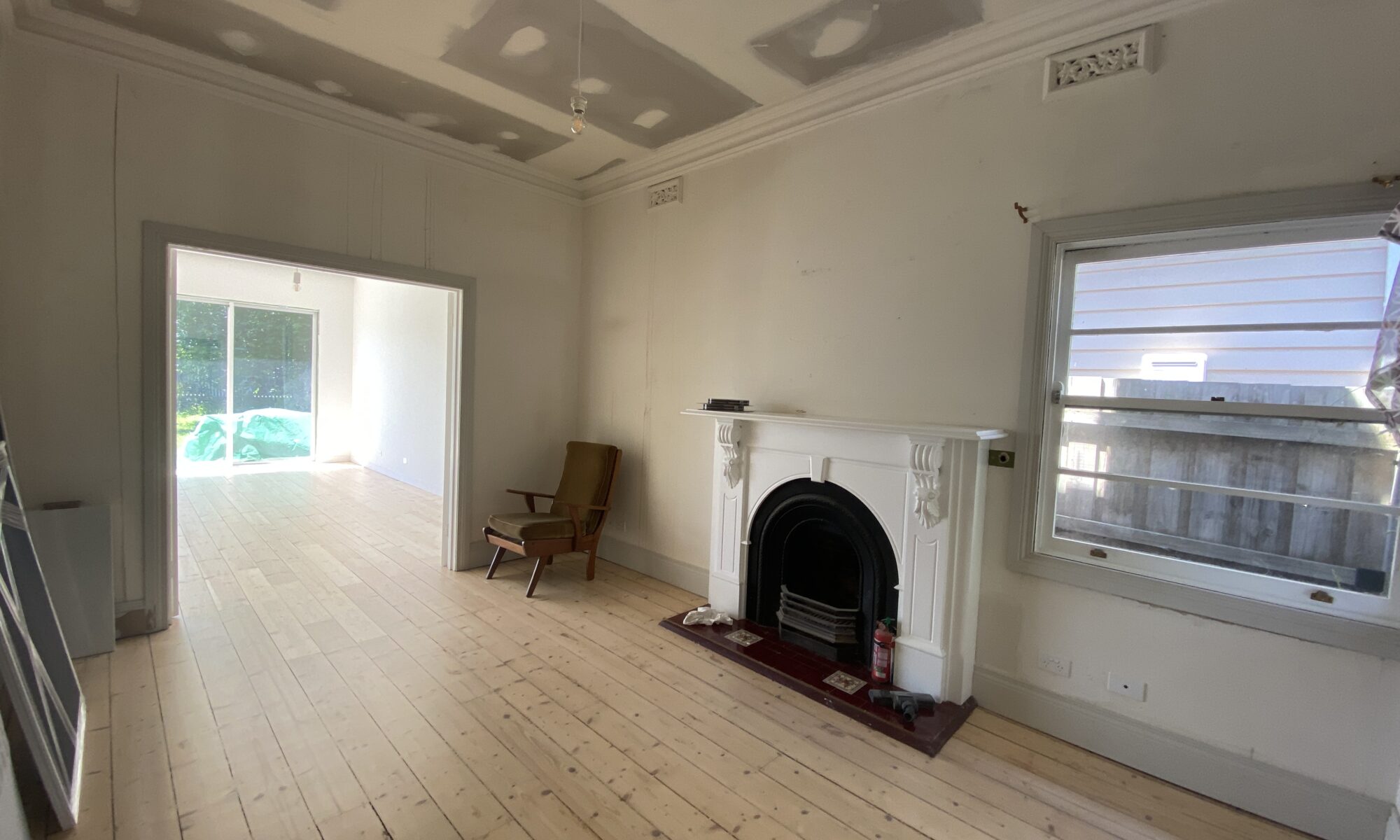
House extensions have surged in popularity across Australia as more homeowners seek to enhance their living spaces without the hassle of relocating.
This trend is driven by the desire to accommodate growing families, create multifunctional areas, and increase the overall value of properties.
Whether adding an extra bedroom, expanding the kitchen, or creating a seamless indoor-outdoor living space, home extensions offer a versatile solution to homeowners’ needs.
Understanding Home Extensions
A home extension is a structural addition to an existing house, designed to increase living space and improve functionality.
Depending on the property’s layout and the homeowner’s demands, a house extension can expand outwards, upwards, or even downwards.
Extensions provide a cost-effective way to enhance your home without the need to relocate, offering a personalised approach to upgrading living conditions.
Types of House Extensions
-
- Single-Storey House Extensions: These involve expanding the ground floor of a house, typically to create larger kitchens, living rooms, or additional bedrooms. They are ideal for homeowners with large lot areas who want to maintain a single-level living arrangement.
- Double-Storey House Extensions: These create space on the ground and upper floors, significantly increasing the overall floor area. They are perfect for growing families needing multiple new rooms or additional bathrooms.
- Kitchen Extensions: Specifically designed to enlarge the kitchen area for a modern family lifestyle. These extensions can transform an old kitchen into a spacious, customised, modern kitchen or dining area.
- Bathroom Extensions: These add extra bathrooms, enlarge existing ones, or customise them into modern spaces that are particularly useful for family needs. Luxurious, spa-like bathrooms and modern ensuites are possible through bathroom extensions.
Understanding different types of home extensions helps homeowners make informed decisions on how best to expand their living spaces, enhancing both comfort and property value.
Benefits of Home Extensions
Home extensions offer a multitude of benefits that can significantly enhance your living experience:
-
- Increased Living Space: As families grow and lifestyles evolve, the need for additional room becomes essential. Home extensions provide the space needed to live comfortably.
- Enhanced Property Value: In the competitive Australian real estate market, homes with additional features and larger floor plans are highly desired. A well-designed extension can attract higher offers from potential buyers, providing a strong return on investment.
- Customisation to Meet Family Needs: Extensions allow homeowners to tailor their living spaces to meet specific needs and preferences. Whether it’s creating a home office, a playroom for the kids, or a guest suite, extensions offer flexibility.
- Potential Cost Savings Compared to Moving: Relocating involves substantial expenses, such as real estate fees, stamp duty, and moving costs. Extending your current home can be more economical, allowing you to stay in a familiar neighbourhood while enjoying the benefits of additional space.
Key Considerations Before Building a House Extension
Before starting your home extension project, consider several key factors to ensure success:
-
- Budget and Financing Options: Establish a clear budget covering all aspects of the project, from initial design to final finishes. Explore various financing options to fund your extension without compromising financial stability.
- Understanding Local Building Regulations and Permits: Each state and territory has specific rules governing extensions, including zoning laws, building codes, and heritage considerations. Obtaining necessary permits and ensuring compliance with local regulations will prevent legal issues and delays.
- Impact on the Existing Home Structure: Extensions should seamlessly integrate with the current layout and architecture. Structural assessments by qualified professionals are essential to ensure the new addition does not compromise the stability or safety of your home
- Choosing the Right Materials and Design: Select materials that complement the existing structure and climate conditions, ensuring durability and energy efficiency. Work with experienced builders, designers, and architects to create a cohesive design.
Careful consideration of these factors will help you navigate the complexities of home extensions, leading to a successful and satisfying project.
The Process of Home Extensions
Embarking on a home extension project involves several crucial stages:
-
- Initial Consultation and Design: Discuss your ideas with a professional builder, create design drawings, and prepare a fixed-price contract.
- Permits and Approvals: Secure necessary permits from local authorities to ensure compliance with building codes and regulations.
- Construction: Follow a detailed timeline for site preparation, foundation work, framing, electrical and plumbing installation, and finishing.
- Inspections and Completion: Undergo necessary inspections to obtain the final occupancy permit and conduct a thorough walk-through with the builder.
Tips for a Smooth Extension Process
-
- Thorough Planning: Start with a detailed plan and clear vision for your extension. Work with a professional designer or architect to create comprehensive plans that align with your needs and budget.
- Choose the Right Builder: Select a reputable and experienced builder. Review past projects and ensure they are licensed and insured.
- Regular Communication: Maintain open and regular communication with your builder. Regular updates and site visits can help you stay informed and address any issues promptly.
- Be Prepared for Disruptions: Understand that some disruption is inevitable. Plan for temporary living adjustments if necessary and discuss timelines with your builder to minimise inconvenience.
- Stay Flexible: Be prepared for unexpected challenges and changes. A flexible approach will help you manage surprises and keep the project on track.
By addressing common concerns and following these tips, you can ensure a smoother and more successful home extension process.
Choosing the Right Home Extension Builders
Selecting the right professional home extension builders is essential for a successful project.
A reputable and experienced builder brings expertise, reliability, and quality craftsmanship to your project.
They understand local building codes, have a network of skilled tradespeople, and can efficiently manage the construction process. Choosing the right builder minimises the risk of delays, cost overruns, and substandard work.
Key Questions to Ask Potential Builders
When interviewing potential builders, ask the following questions:
-
- How long have you been in business?
- Can you provide references from previous clients?
- Are you licensed and insured?
- What is your estimated timeline for this project?
- How do you handle unexpected issues or changes in the project scope?
These questions help assess the builder’s reliability, experience, and approach to problem-solving.
By carefully navigating the extension process and selecting the right builder, you can ensure your home extension project is executed smoothly, resulting in a beautiful and functional addition to your home.
Alex Woodstock Building Services – Home Extension Projects
At Alex Woodstock Building Services, we ensure that we offer our commitment to excellence and quality craftsmanship in our home extension projects.
Consider checking out our finished House Extension Projects in this video:







